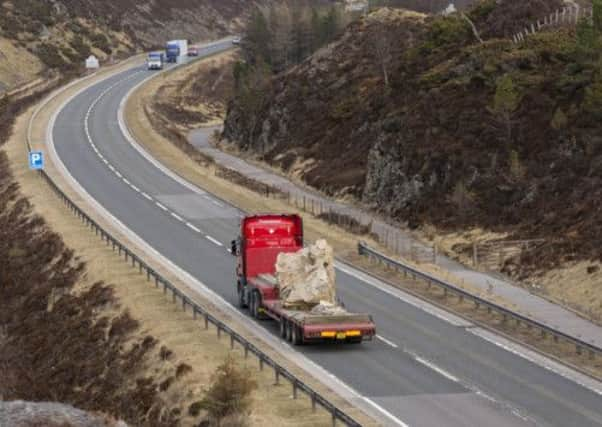20-tonne Pictish sculpture takes the high road


Ross-shire-based Barry Grove, an internationally renowned stone sculptor, was commissioned by Glenmorangie to create a sculpture which explored the country’s Pictish heritage.
Created over two years using only traditional hand tools, the sculpture explores the theme of re-discovery and depicts blowing leaves revealing a symbol of Pictish design and intricate knot-work, the origin of which dates back to 800AD.
Advertisement
Hide AdThe sculpture was carved from 300-million-year-old sandstone sourced from the area around Glenmorangie’s Tain distillery.
The public artwork stands two metres high and is just over three metres long, and is two-and-a-half times the size of his previous re-creation of the Hilton of Cadboll Stone, an eighth century Pictish Stone with incredible engravings which was discovered near the Glenmorangie Distillery in Ross-shire. This national icon is on permanent display at the National Museum of Scotland in Edinburgh.